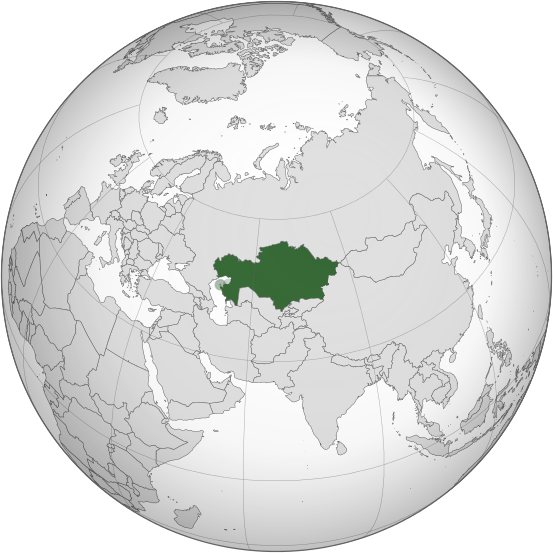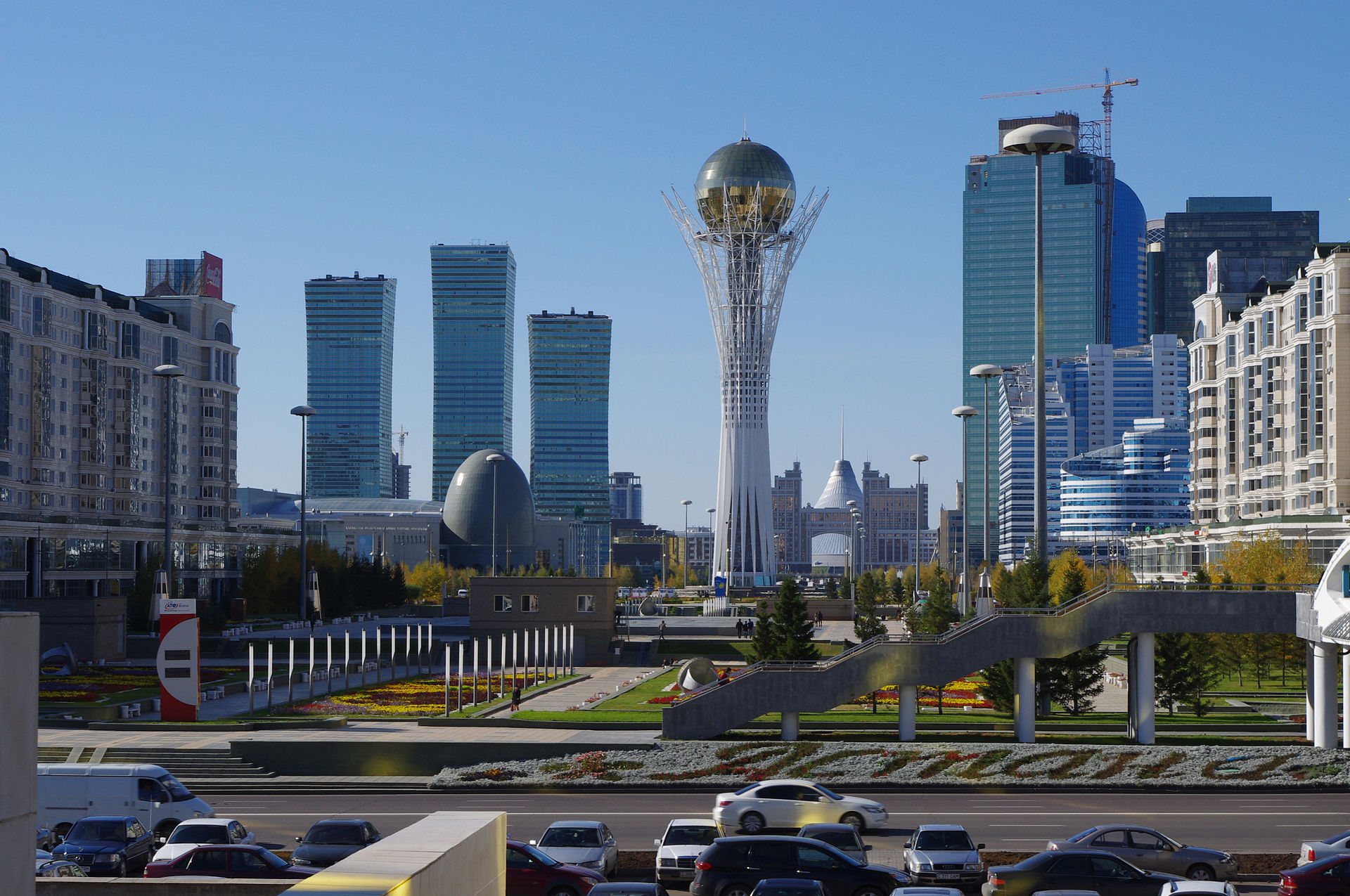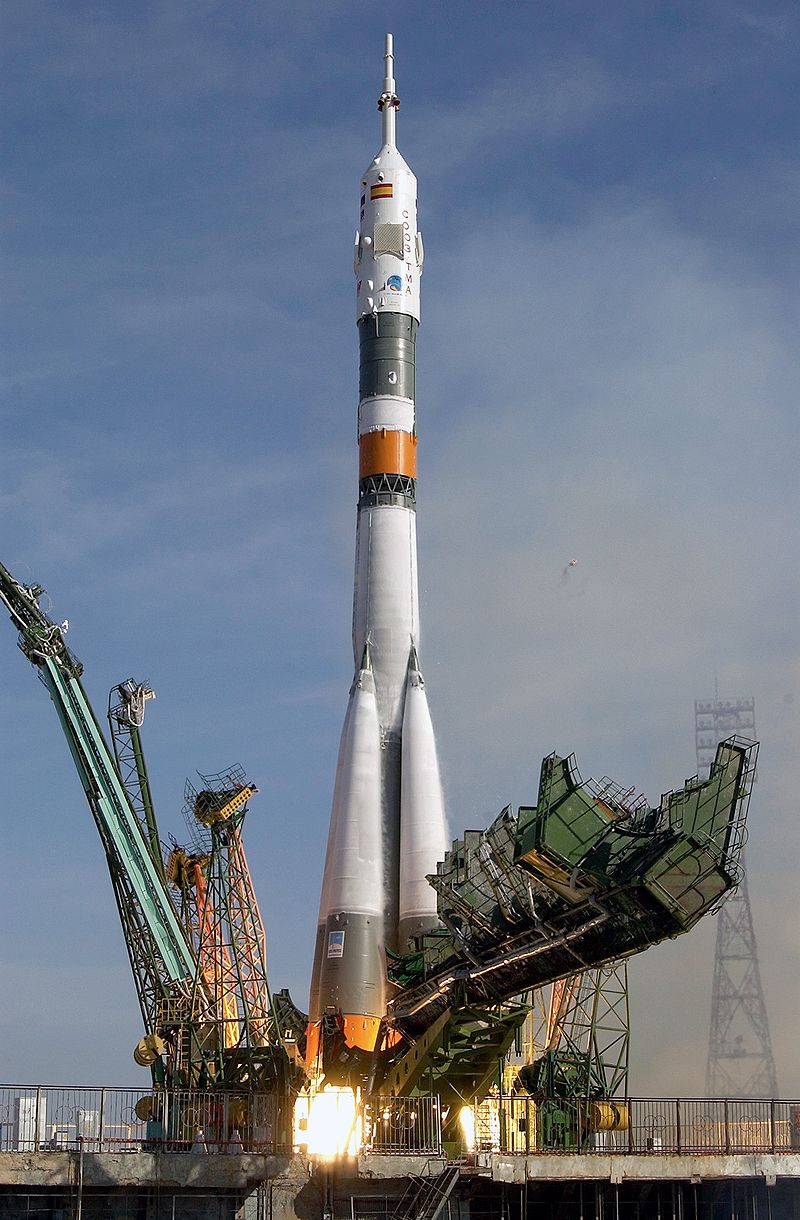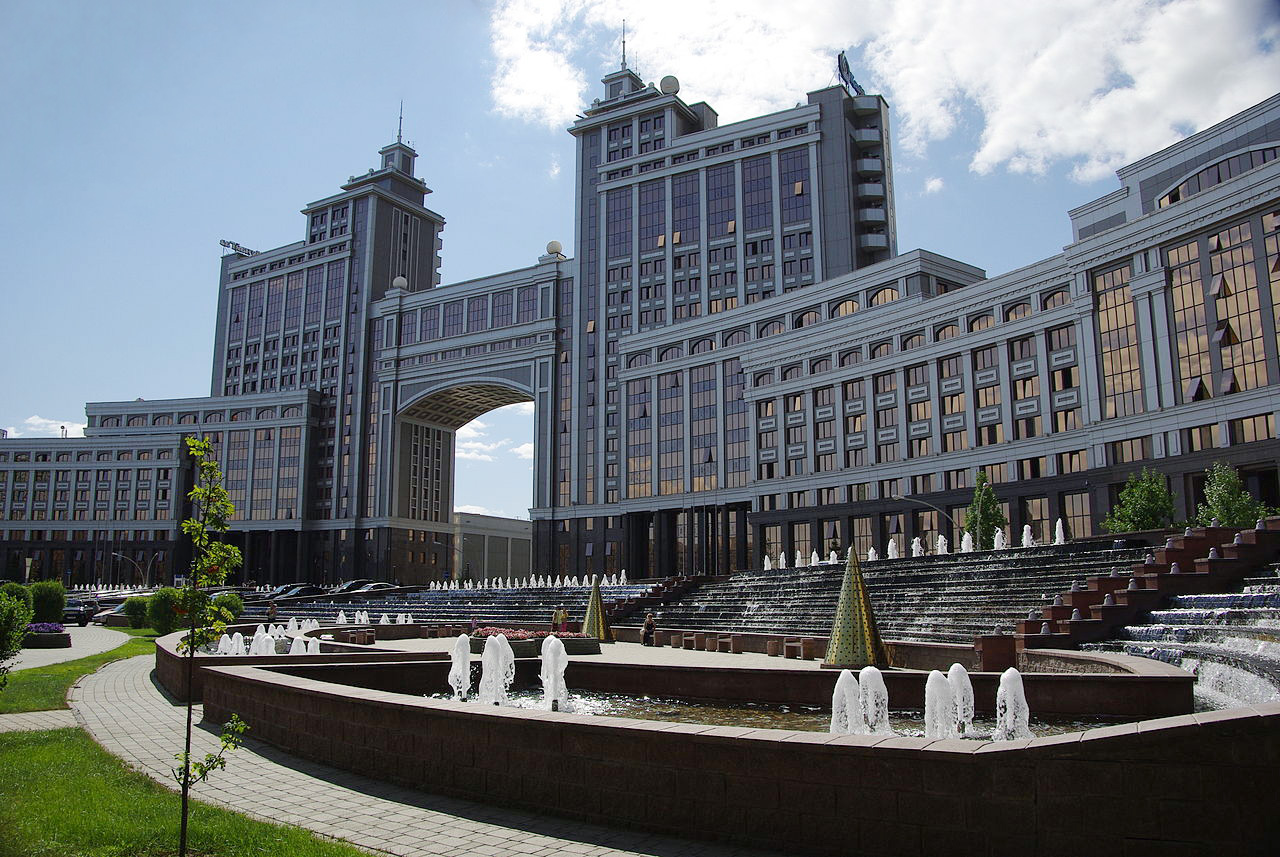Kazakhstan and Its Economy




Kazakhstan is rich in mineral resources like iron ore, bauxite, chromite, cobalt, nickel, copper, silver, gold, lead, zinc, uranium, vanadium, bismuth, tungsten, molybdenum, cadmium, phosphates, borates, fluorine, potassium and limestone. It is also rich in crude oil, natural gas and coal. Oil and natural gas are found along the coastal region of the Caspian Sea. Coking coal and energy coal are found in 155 deposits. The estimated coal reserves are up to 160 billion tons .Huge deposits of uranium ore are found here. Kazakhstan has the second largest deposits of uranium ore after Australia. High grade iron ore deposits are found in Kazakhstan. Mining is the major economic activity in this region. The major industries are mineral processing, Iron and steel, oil, power, agro implements, tractors, construction materials and electrical. The income generating sectors are mining, industry, agriculture and tourism. The services contribute 65 percent to the national income. The mining and industries contribute 30 percent and agriculture contributes 5 percent to the national income.
Around 10 million people are part of the active work force of the country. Industry and mining engage 12 percent of the work force. The Agriculture sector absorbs 26 percent of the work force. The remaining 62 percent are engaged in the services sector. The unemployment rate is 5 percent of the total work force. The process of modernization and industrialization is in full swing in Kazakhstan. Establishment of power plants, refineries, metal smelters, phosphate fertilizer plant, steel plant and cement plant are in progress. Mineral processing is given importance for export of processed minerals. Agriculture , irrigation and food processing are also given priority. Kazakhstan is a major producer of wheat and other grains. Production of meat is also increasing and exported to other countries. Foreign direct investment is coming in mining, oil extraction, oil refining and extraction of coal. Power production and metal smelting also got foreign direct investment.
Pipe lines are developed for supply of oil and natural gas to other countries. Turkey, France, Germany, Italy and China take crude oil and natural gas from Kazakhstan through these pipe lines. The major trading partners are Russia, China, Ukraine, France, Germany, Turkey and India. The currency of Kazakhstan is Tenge. It is linked to dollar, euro, and rubble. The inflation rate is around 7 percent. The public debt is 18 percent of the GDP. The annual export level is around 88 billion US Dollar. The import level is around 48 billion US Dollar. The major export items are oil, natural gas, iron ore, coal, chromite, nickel, cobalt, gold, silver, copper, bauxite, zinc, chemicals, wool, grain and meat. The major imports are machineries, automobiles, medicines, metals, food stuffs and electronic items. The transport sector is growing significantly. Development of road networks, railways and airports are improved significantly. The two major rivers are developed as inland water transport ways. Two ports are established along the Caspian sea coast. Kazakhstan is a land locked country. It depends upon the ports of Iran and Turkey for its export and import activities. It is connected with road and rail links with other countries. Kazakhstan has more than 60 airports. Two international airports are active in Almaty and Astana. Telecommunication, television, radio and internet facilities are also properly developed in Kazakhstan. The whole country is connected with transport and communication facilities.
The discovery of mineral deposits, geological survey and mineral exploration is necessary for the development of the minerals, metals, and coal and oil sectors in Kazakhstan. Detailed geological survey is carried out in all the provinces. The first phase of survey of minerals and rocks is completed by 2007. Remote sensing study of the physiography of Kazakhstan is also carried out by 2014. Geological maps and topographical maps are prepared for ground verification and mineral exploration works. Geological structures are established and mineral provinces are demarcated on maps. Sedimentary basins are identified and sedimentary deposits are studied carefully. The stratigraphic sequences of deposits of various ages are studied and established. All ages of rocks are found in Kazakhstan. The Precambrian are the sources of all the metallic minerals. The carboniferous rocks have the coal deposits. The tertiary sediments have oil and gas deposits near the Caspian Sea region. All types of minerals, rocks and building materials are identified and demarcated on the maps and further verified on the grounds. Detailed mineral exploration activities are carried out in mineral rich regions. Mineral reserves are identified and quantity of the mineral reserves is estimated. Mining works started in new sites with workable reserves. Infrastructure facilities like development of road network, railway network and power generation facility are developed. New technologies are adopted for use of low grade ores. Old mining sites are reopened for use of the low grade ores and over burden soils. Building materials, decorative stones and other construction materials are also extracted and processed for local use. Export of minerals and decorative stones are made to some friendly countries